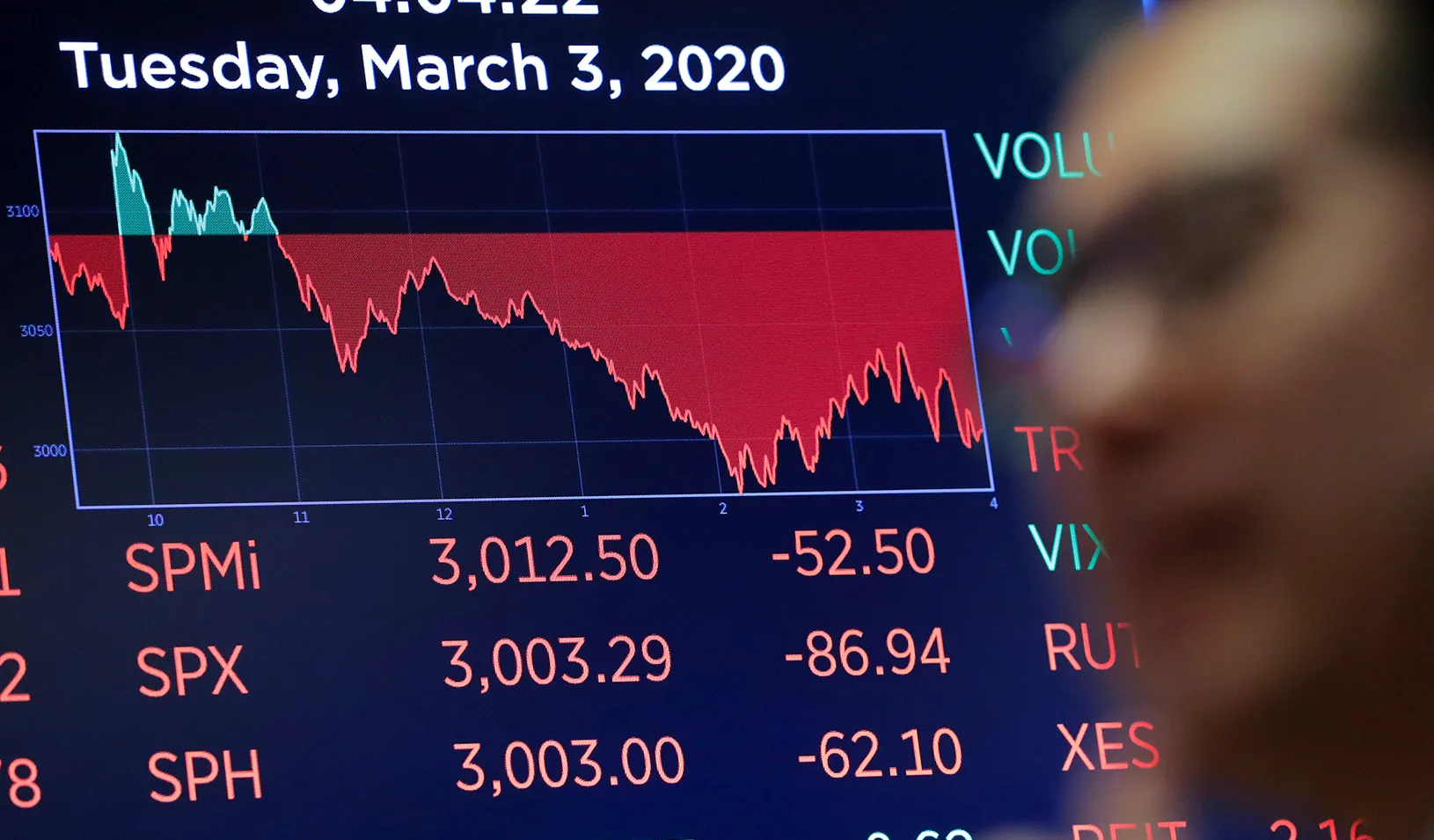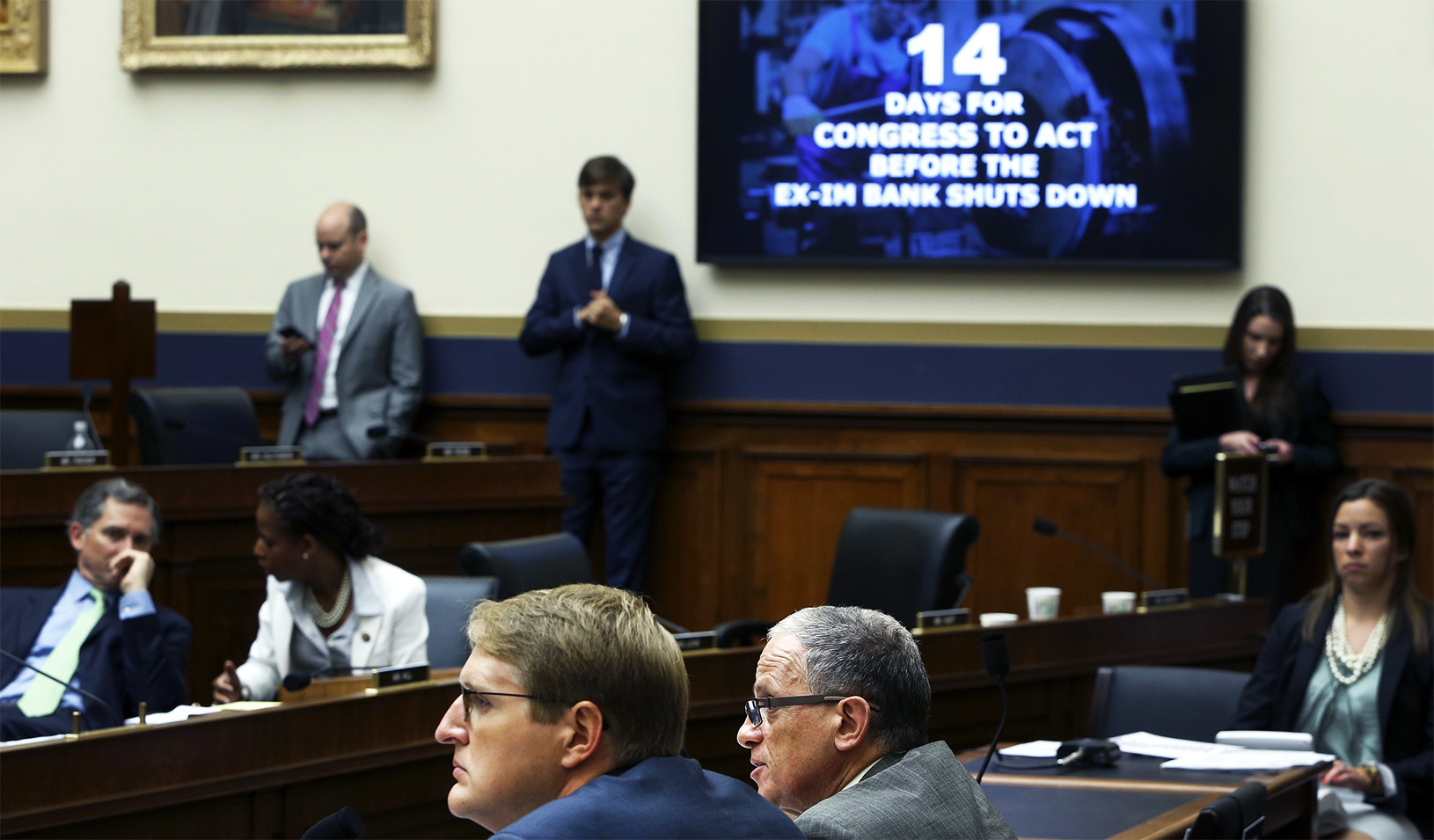
Crashes provide valuable data for researchers trying to understand economic crises. | Reuters/Andrew Kelly
The rarity of economic crashes is a good thing. It also makes them difficult to study.
“And yet the severity of these events makes it paramount for us to understand them,” says Matteo Maggiori, associate professor of finance at Stanford Graduate School of Business. “To this end, my colleagues and I in recent years have laid the foundation needed to look deeply at a crash as soon as it occurs.” When the financial shock of the COVID-19 pandemic hit early last year, they were ready to observe a sudden downturn in almost real time.
The stock market drop that followed the news of the pandemic allowed Maggiori to explore how investors think about and respond to economic shocks. With Stefano Giglio of Yale University, Johannes Stroebel of NYU, and Stephen Utkus, he fielded three consecutive large-scale surveys in early 2020. Each one asked thousands of clients of the investment giant Vanguard about their perceptions of short- and long-term stock returns and economic growth. The first survey launched in mid-February last year, a few days before U.S. stock markets hit a record high; the second in mid-March, amid a precipitous market decline; and the third in mid-April, as markets began to recover. These questionnaires are part of a larger, ongoing project that has been surveying Vanguard customers every two months since February 2017. (Until recently, Utkus headed Vanguard’s Center for Investor Research.)
“Being able to generate our own data in real time to understand what was happening to investor beliefs, trading, and markets was a unique experience for us,” Maggiori says. “Over the last decade or two, the progress made by research technology has been astonishing.” Uniquely, the researchers were able to match anonymized individuals’ survey responses to their investment portfolios, giving the researchers the ability to pair what an investor thought was happening to the markets with how they were acting on those beliefs. This led to several surprising insights, recently published in Proceedings of the National Academy of Sciences.
Taking Stock
Most notably, as the stock market plunged early last year, investors professed intensely pessimistic beliefs. Their actions, though, were comparatively timid. Investor expectations for average annual market returns dropped from 6% in February to about 1% in March — “a very meaningful movement,” Maggiori says. Their perceived probability of an economic growth disaster in 2020 and 2021–22 also jumped. And yet few investors responded aggressively in their portfolios. There was a rebalancing of portfolios away from stocks and toward less risky investments, but not to a degree commensurate with their reported pessimism. (Notably, the investors also retained their long-term optimism about the market and the economy.)
“There is something interesting about the transmission mechanism from beliefs to actions, as actions are much more muted than we might expect based on people’s reported beliefs,” Maggiori says. Economic models typically suggest that crashing expectations will spur a rapid stock sell-off. “In fact, the strength of this relationship, as we observed it, is about 10 times smaller than our benchmark models would predict. Now that doesn’t mean that the models are completely wrong, but they do need to be enriched.”
Though almost everybody who was surveyed expressed greater short-term pessimism in March 2020 than a month earlier, an unexpected exception was those investors who had been most pessimistic when the market remained high despite the developing story of coronavirus overseas. “In February there was a group of investors that presumably saw COVID expanding in China and Europe and, while it hadn’t yet hit home in the U.S., they were already expecting extremely poor market performance going forward,” Maggiori says. “Once the crash happened, they became more optimistic while everyone else was going the other way.” This group of early pessimists did minimal trading in March, while those who had been the most optimistic leading into the crash were the most active sellers.
Crash Tests
While the surveys provide new insight into personal investors’ reactions to the COVID-induced slump, a challenge for Maggiori is discerning which findings might apply to financial crashes generally. The Great Depression and the recession of 2008 loom large in the study of crashes; most of what economists believe to be true about major downturns is derived from those two cases. Another event to work from is tremendously valuable for economists seeking to understanding what’s going on during crises.
“There is a difficult tension between documenting what happened and thinking through what this means for models on the one hand, and, on the other hand, not going too far given we’re only observing one, idiosyncratic episode,” he says. The COVID crash might have been a one-off, but drawing bigger lessons from it will require more data. So Maggiori and his collaborators are still watching the investors watching the markets. “That’s one of the reasons to keep this survey running: We’ll generate more data. We’ll continue to learn from it.”
For media inquiries, visit the Newsroom.






